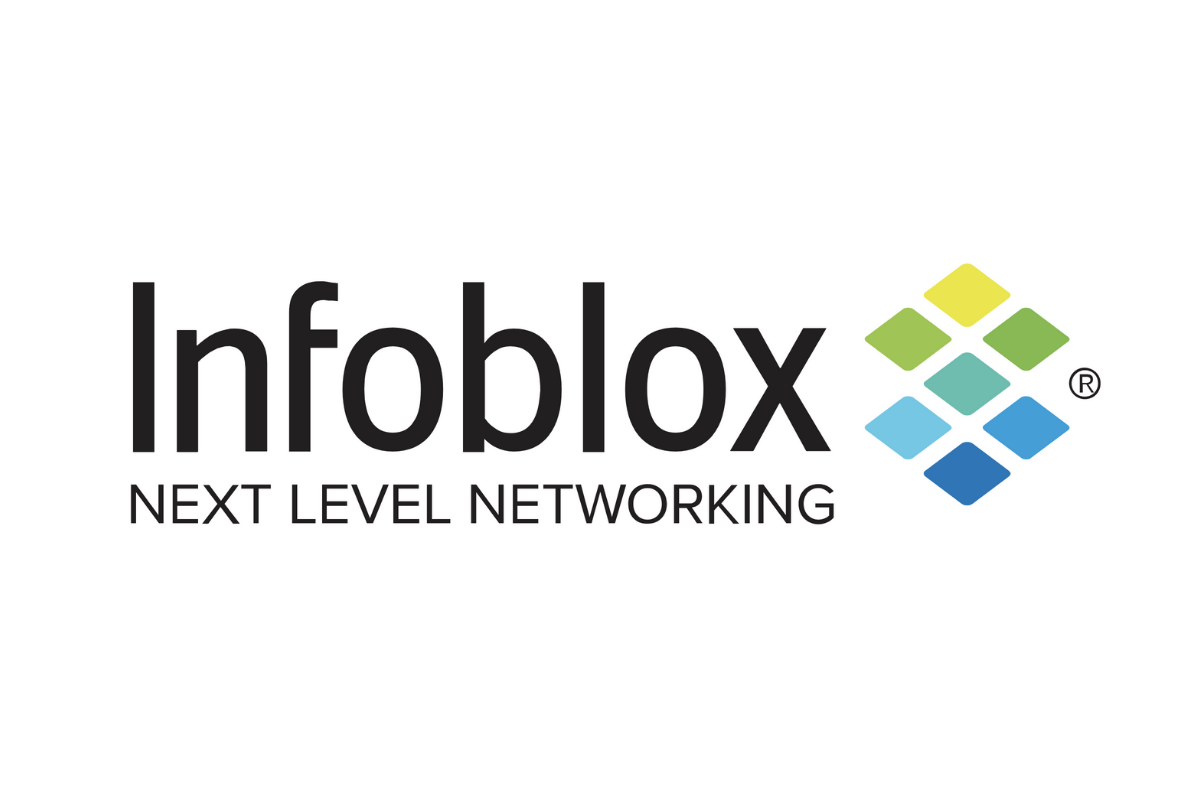Introduction
Infoblox is a global technology and consulting company that provides network control and automation solutions. The company’s products allow organizations to automate network infrastructure, including DNS, DHCP and IP address management (IPAM).
Infoblox was founded in 1999 by Brian Dye and Jeff Titterton as a spinoff from Cisco Systems Inc., where Dye had worked since 1994. The company went public on NASDAQ under the symbol BLOX on October 4th 2006 at $9 per share; it currently trades around $51 per share as of this writing (June 2019).
The company’s headquarters are located in Santa Clara California; they also have offices worldwide including Singapore, London England UK & Sydney Australia Australia
Founding of Infoblox
Infoblox was founded in 1999 by Stuart Bailey and Robert Thomas. The company is headquartered in Santa Clara, California.
Financials
Infoblox is a publicly traded company, with a market cap of $1.6 billion and revenue of $313 million in 2018. The stock symbol is BLOX.
Employees
Infoblox employs more than 1,000 people in over 30 countries with offices in the United States, Europe and Asia-Pacific regions. The company’s headquarters are located in Sunnyvale, California.
Products and Services
Infoblox offers a range of products and services to help you manage your network. The company’s flagship product is Infoblox Network Automation, which allows you to automate tasks such as DNS, DHCP and IP address management (DDI). The service can also be used for cloud network automation as well as security and performance management.
Infoblox offers several other tools that can be used in conjunction with its core offering:
- Cloud Network Automation: This product helps organizations automate their cloud environments through policy-based provisioning and orchestration across multiple clouds including Amazon Web Services (AWS), Microsoft Azure, Google Cloud Platform (GCP) or VMware vCloud Air Network partners such as IBM Bluemix or Rackspace Public Cloud. It also provides visibility into what applications are running where so IT teams can monitor their workloads more easily by knowing where they’re running on any given day–or even minute!
Source : Google
Editor by : Softwarehubs


